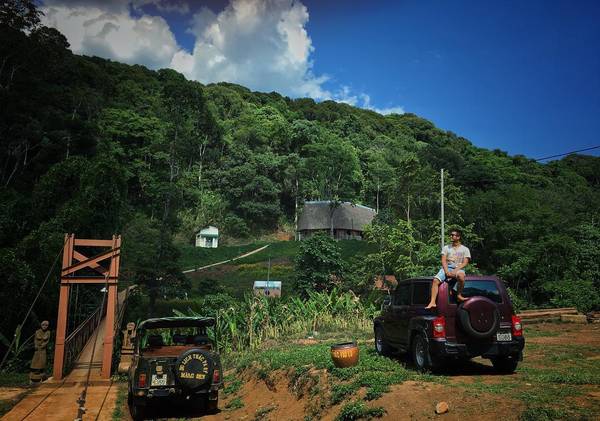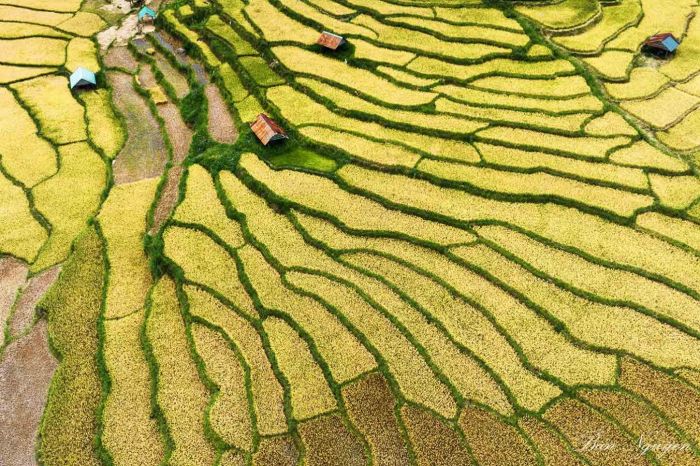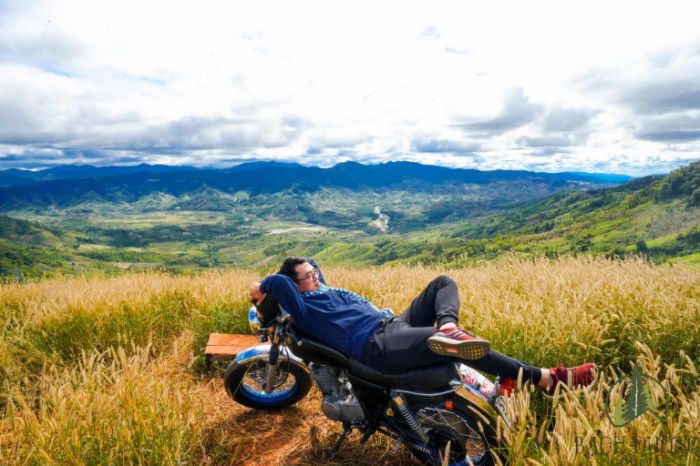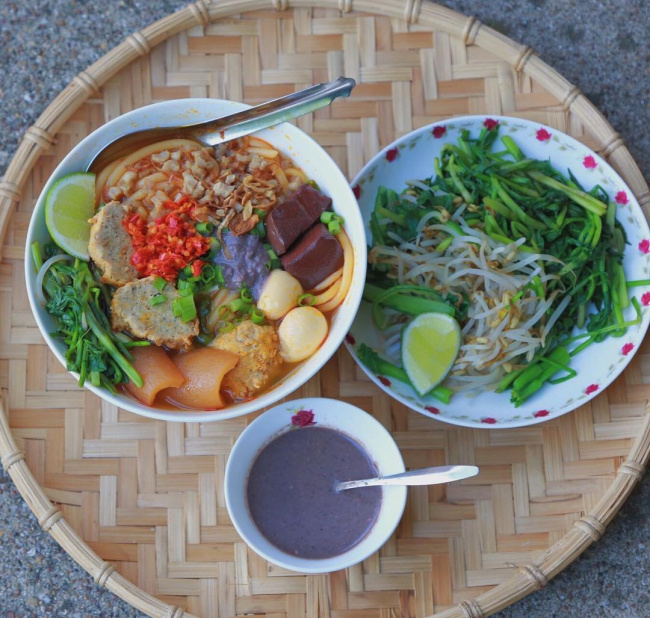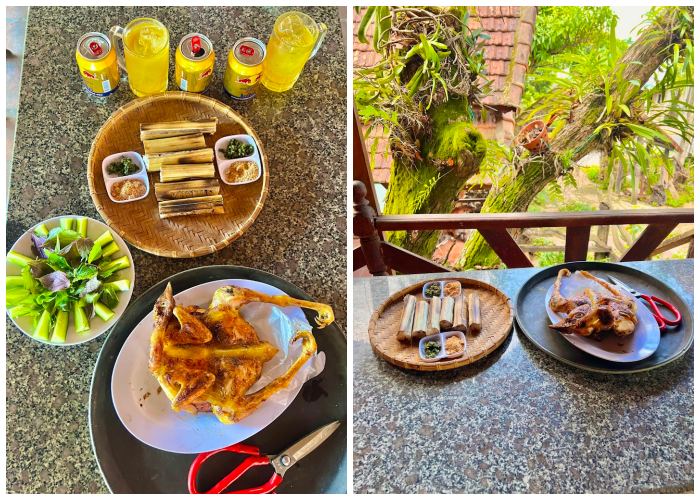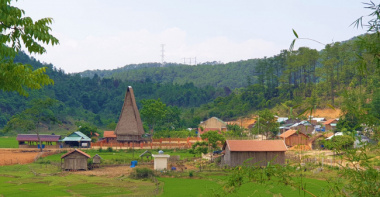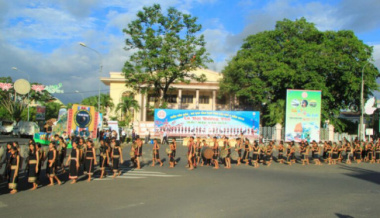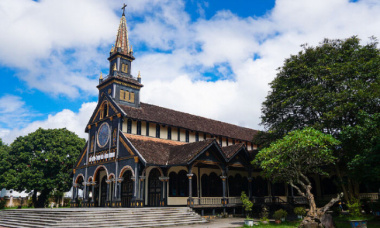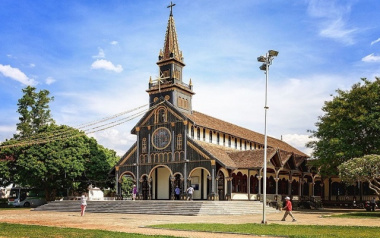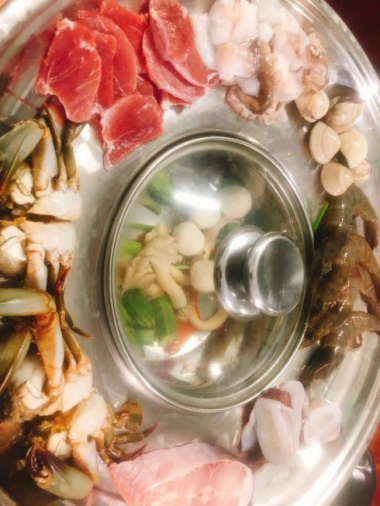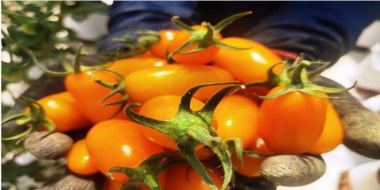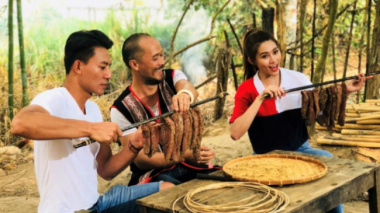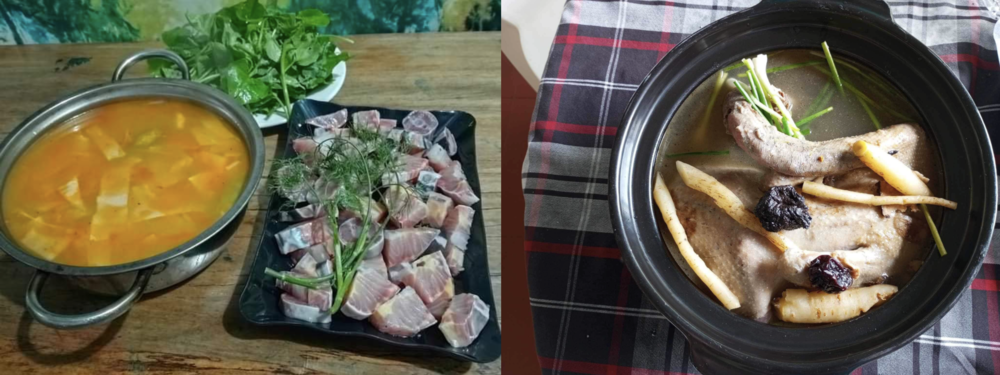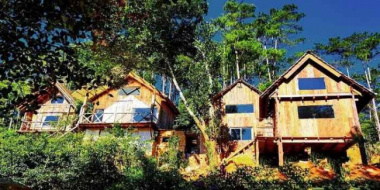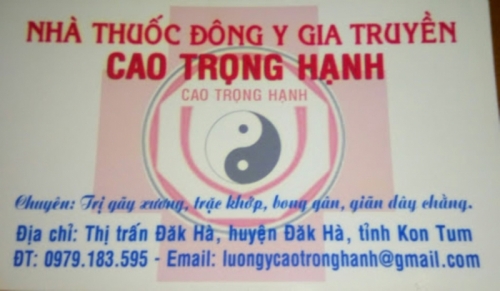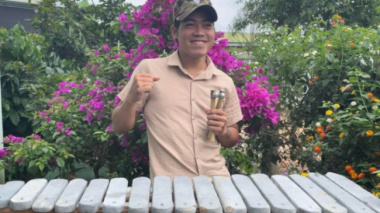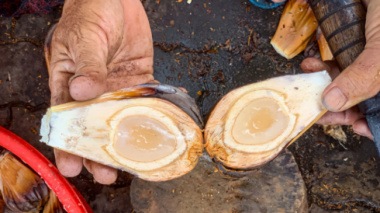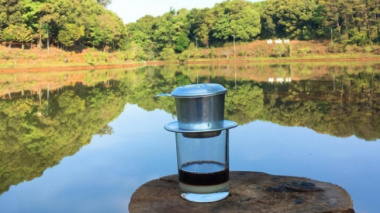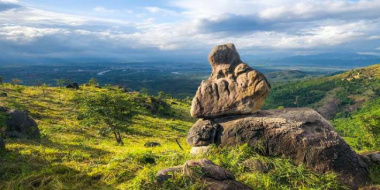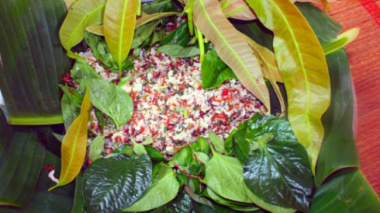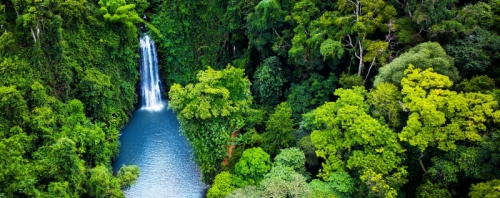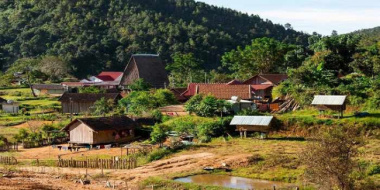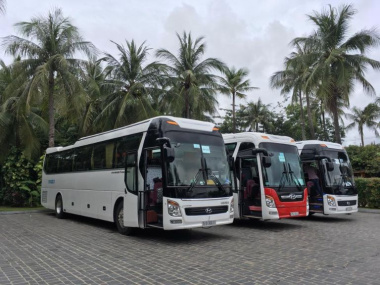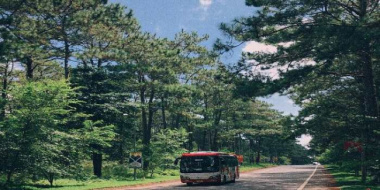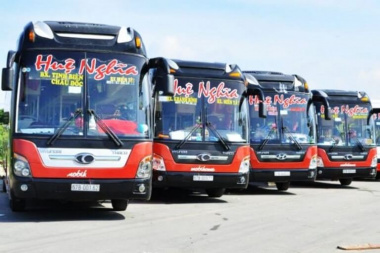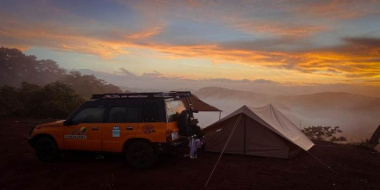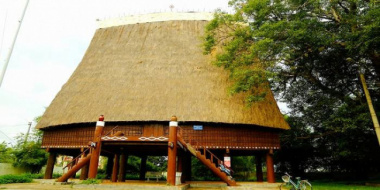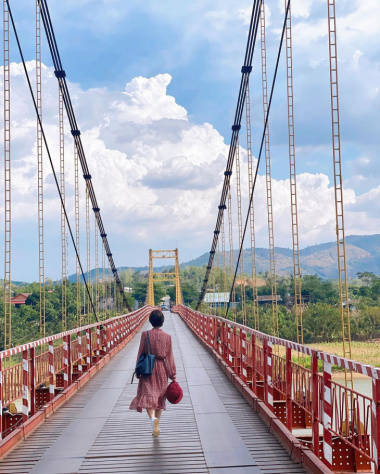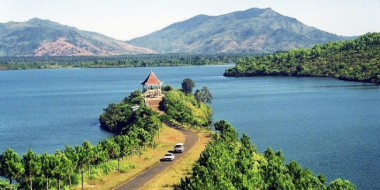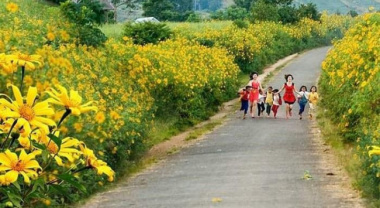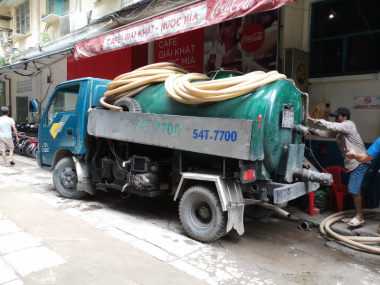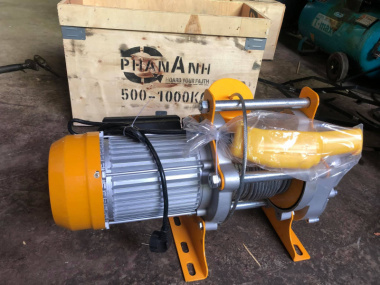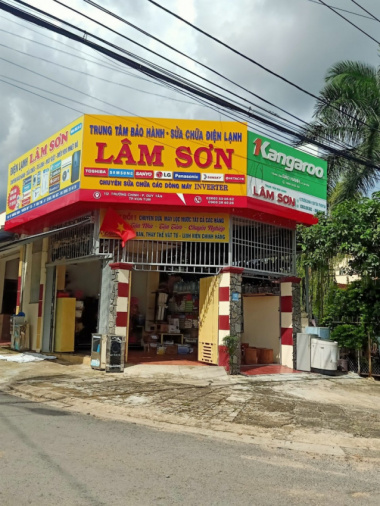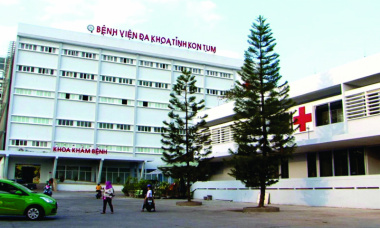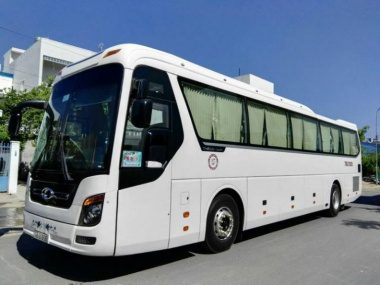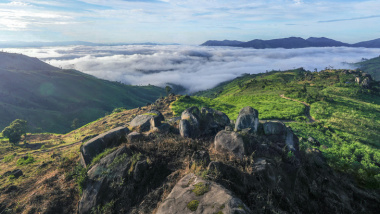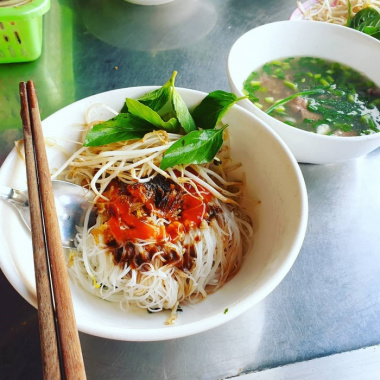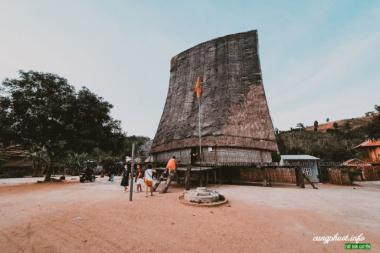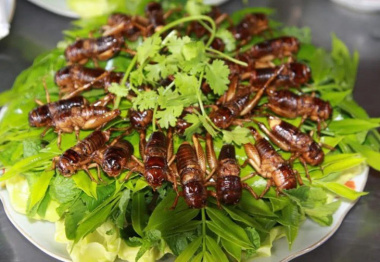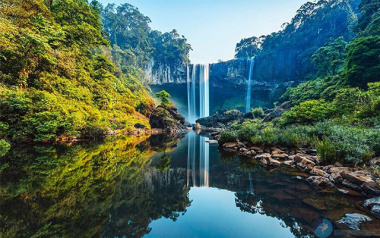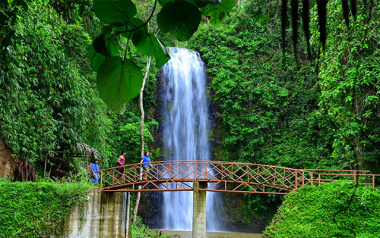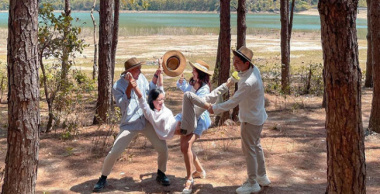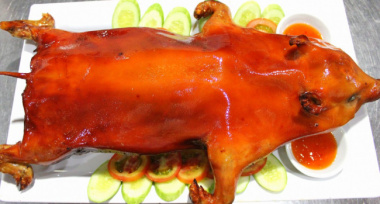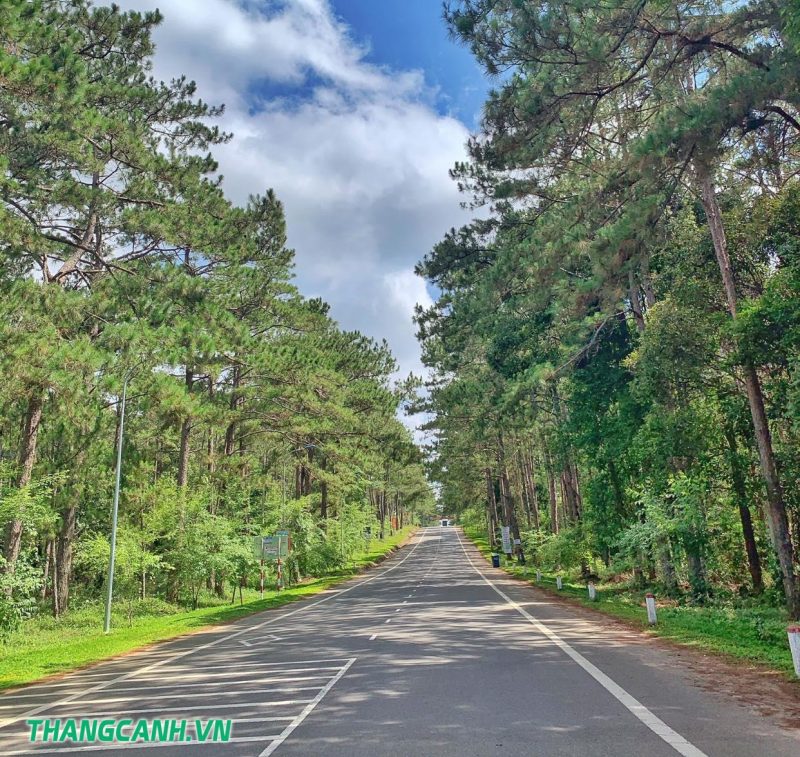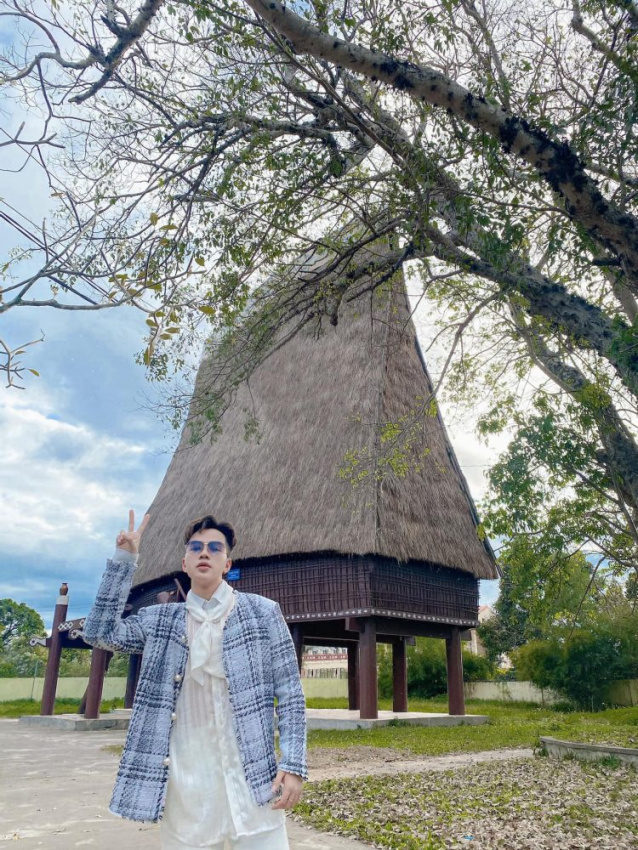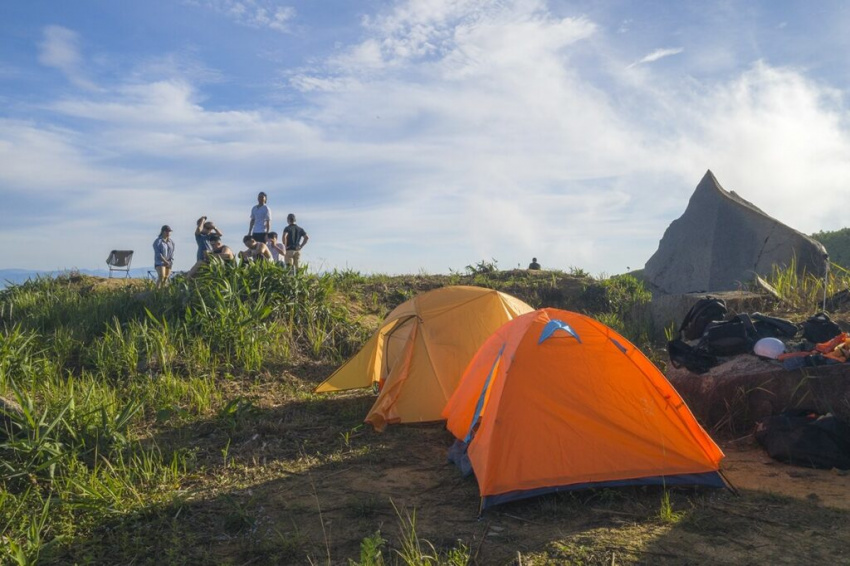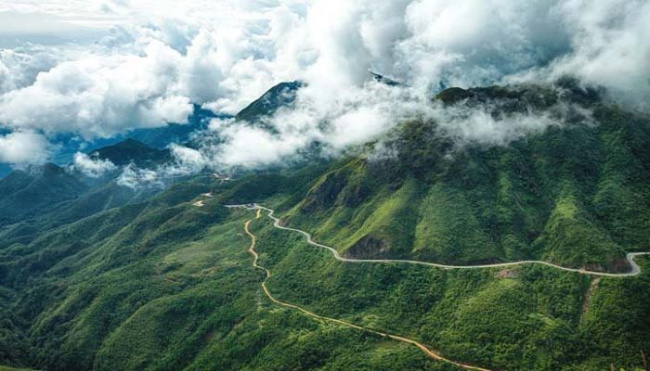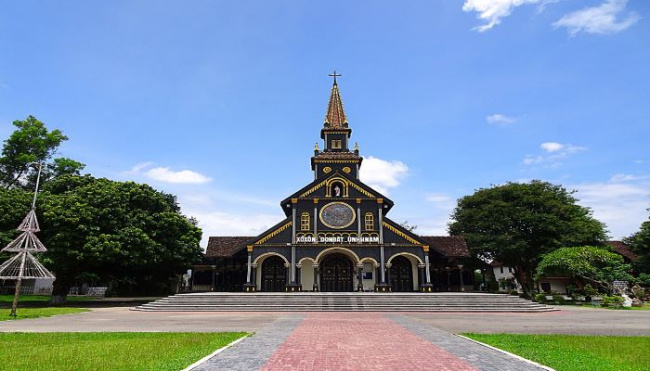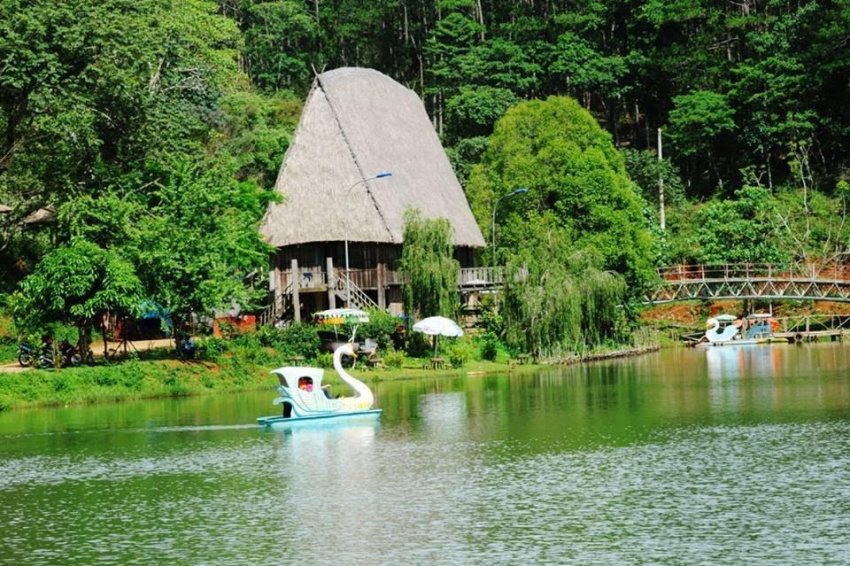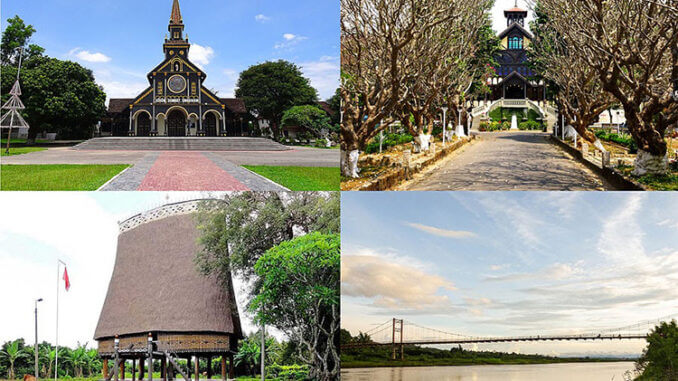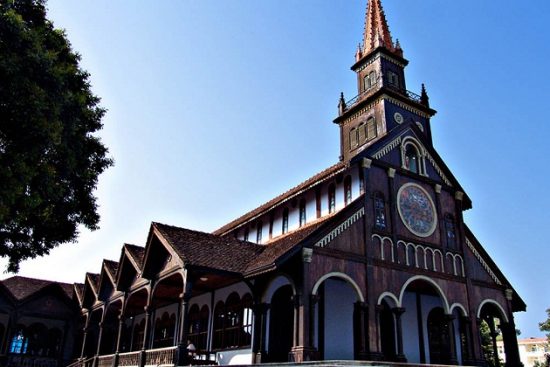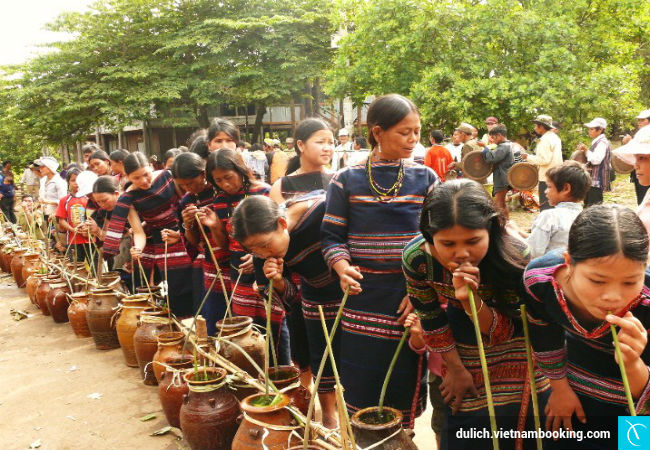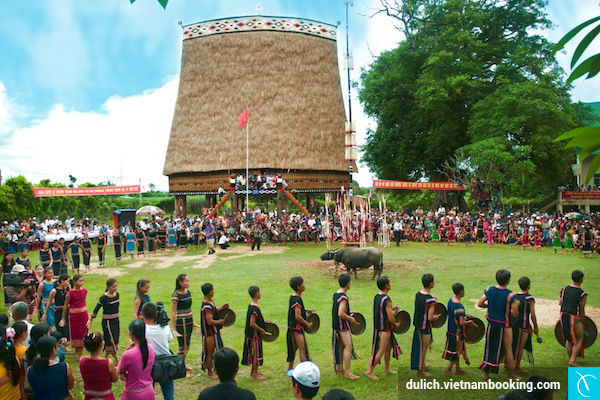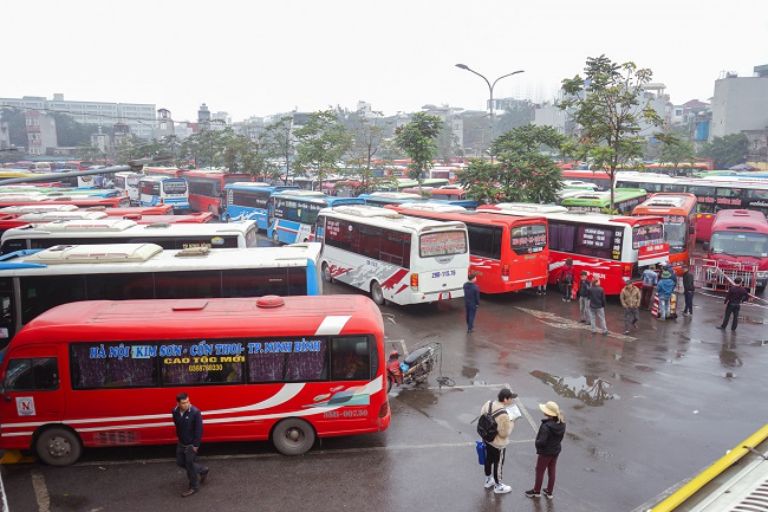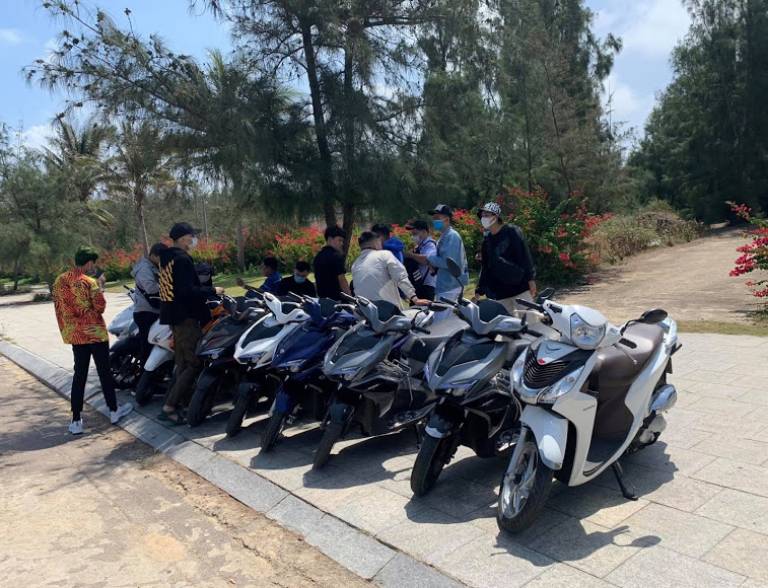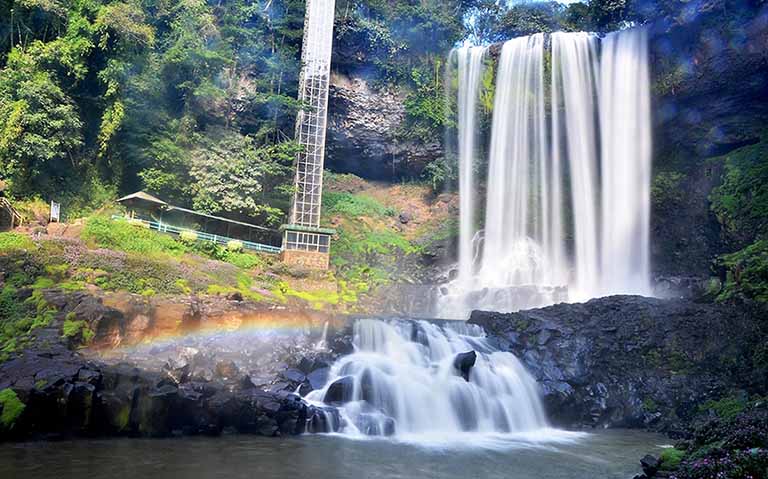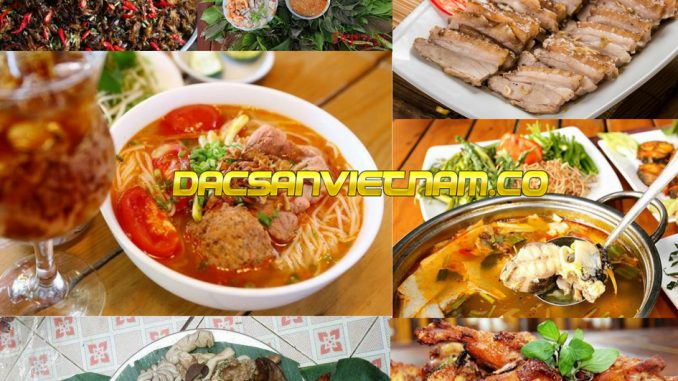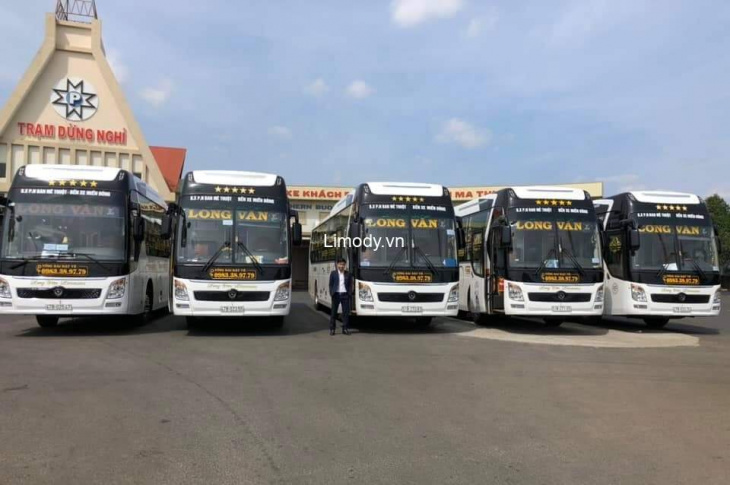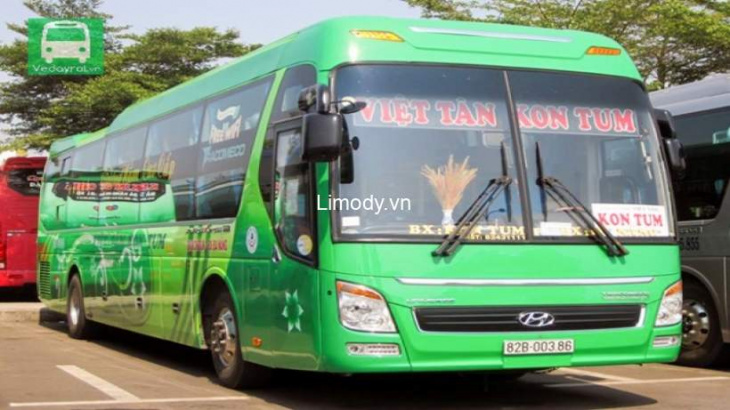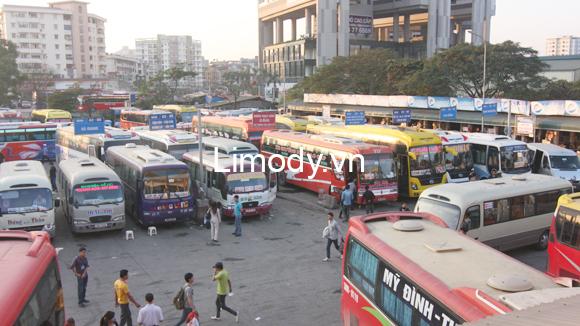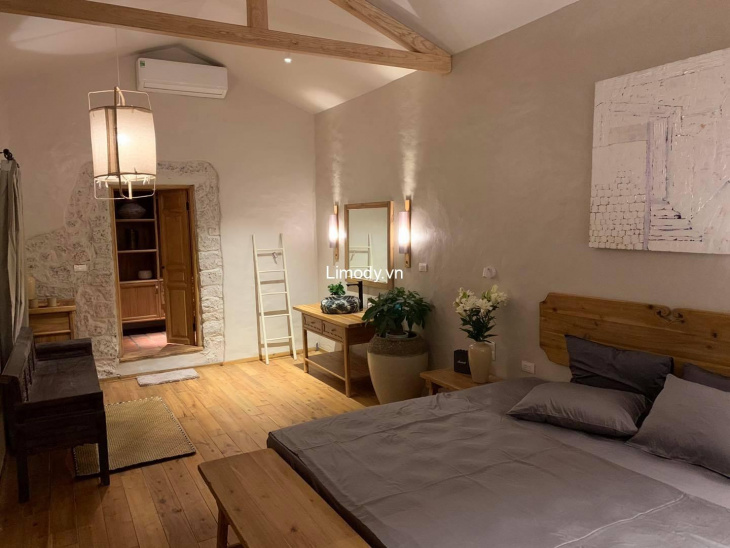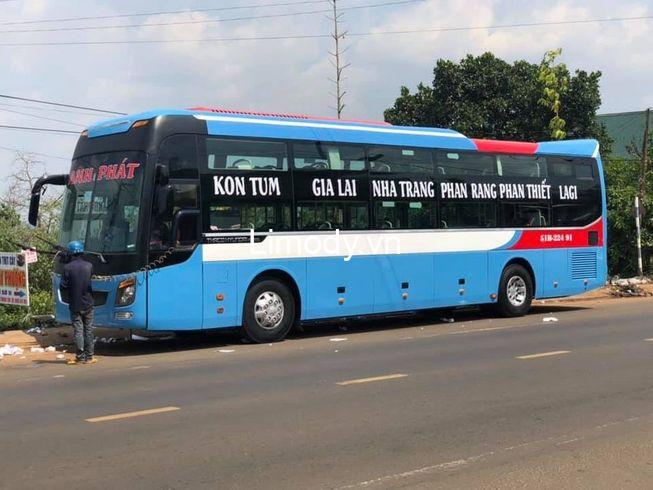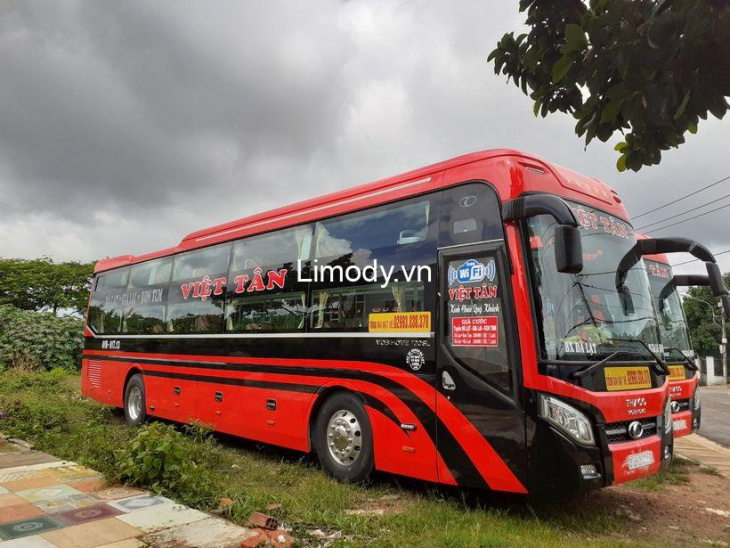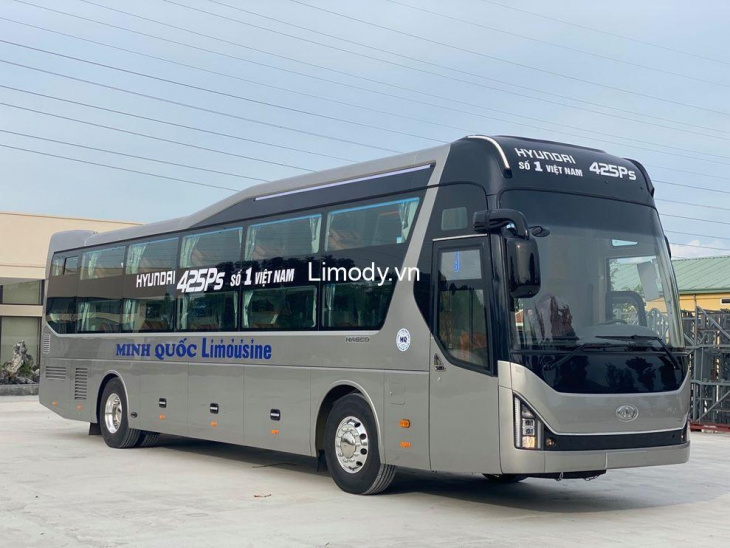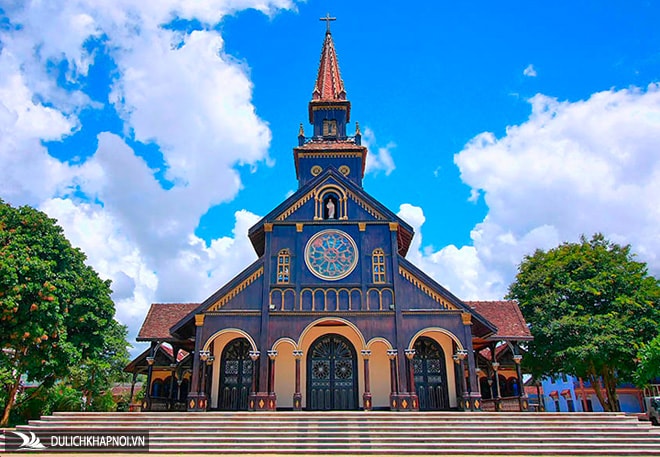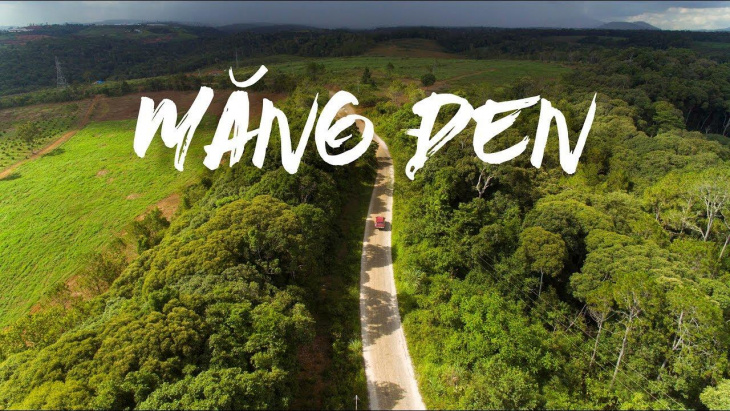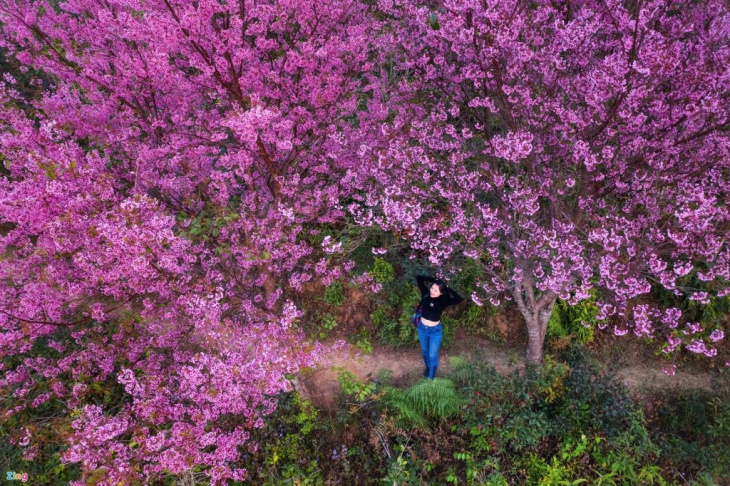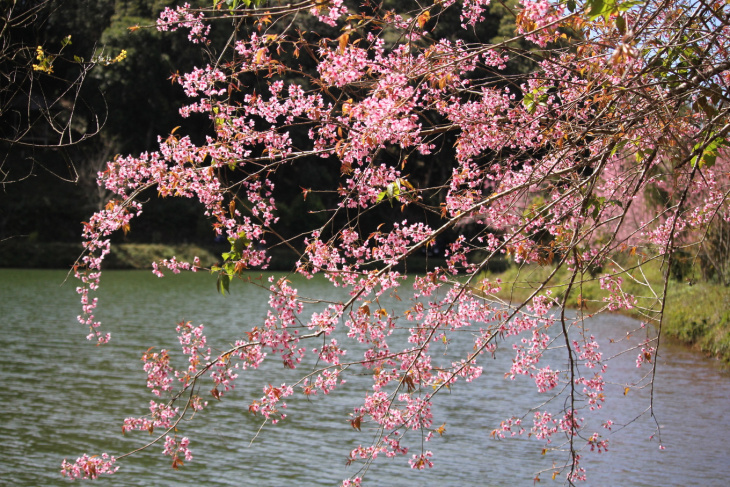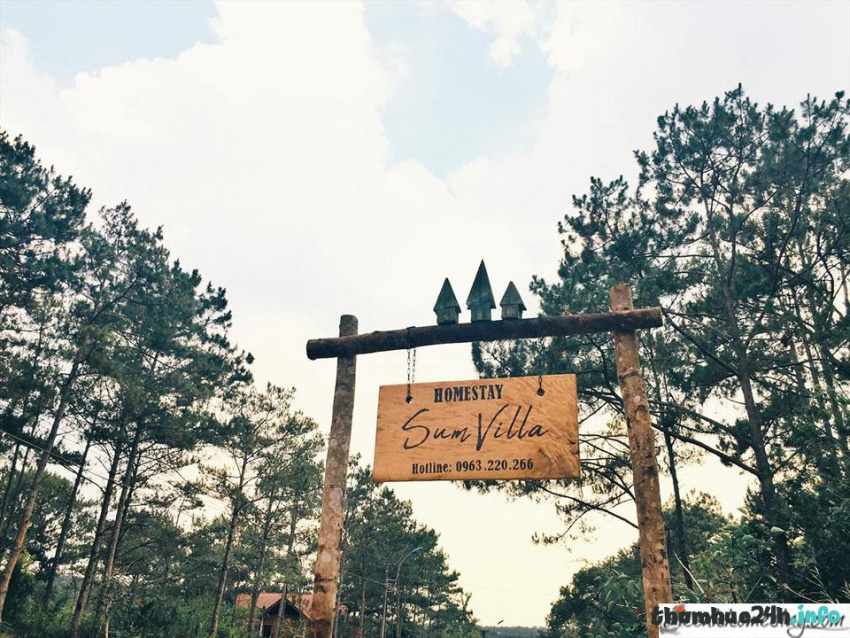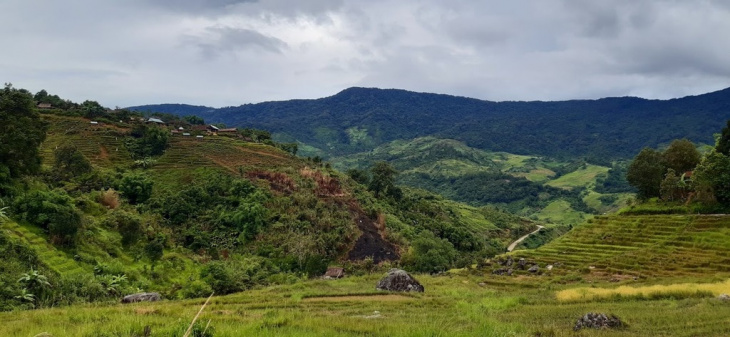Chu Mom Ray National Park – Kon Tum Province
- What to Do
- Hiking and Wildlife Tours
- Cultural Tourism
- Plants and Wildlife
- How to Get There
- When to Visit
- Far from the Crowds
Hidden deep within the interior of Vietnam’s Central Highlands area, Chu Mom Ray National Park is the country’s most underrated gem. Because of its remote location, the majority of travelers skip over this national park. However, for travelers who want to break away from the crowds and take on a challenging trek, Chu Mom Ray National Park is a utopia of lush landscapes and extreme biodiversity.
Location
Entirely unique, Chu Mom Ray National Park is Vietnam’s only nature reserve that shares borders with both Laos and Cambodia. Creating a triad, Chu Mom Ray is adjacent to Cambodia’s Virachey National Park and a nature reserve in Laos. The distinct T-like junction of the three countries makes this national park one of Vietnam’s most diverse natural areas.

Epic landscape in Chu Mom Ray National Park. Photo by: Gavin White.
In Vietnam, Chu Mom Ray National Park is located in the Kon Tum Province in the Central Highlands region. Kon Tom City is the most significant urban area that is close to the park. However, a town called Pleiku provides visitors with the easiest way and more direct access to Chu Mom Ray National Park.
History
Chu Mom Ray National Park originated as a nature reserve before being upgraded to a national park in 2002 by the then prime minister of Vietnam.
Historically, little information has been recorded about the national park and the area has no significant tales from the American War. The lack of historical information is frequently blamed on the park’s nearly non-existent international fame and highly rural location. Locals have lived for generations in the province where they have established small villages in the hills.
Living like a tribe, the ethnic groups in and around Chu Mom Ray National Park includes the Gia Rai, Ba-Na, Roam, and Ca Dong people. These local communities are the last strongholds for the groups’ ethnic traditions and protecting them is as important as preserving the national park’s flora and fauna.
What to Do

Book a homestay while visiting the national park. Photo by: Gavin White.
Left wild and relatively untouched, Chu Mom Ray National Park is significantly less developed than some of Vietnam’s other national parks.
For visitors, the park’s main attractions are hiking, wildlife tours, and homestays. While hiring a guide isn’t required to visit Chu Mom Ray, park rangers strongly suggest that visitors don’t venture solo into the dense forests. Local guides can be hired at the park’s main entrance for day or night activities.
Hiking and Wildlife Tours
Hiking in Chu Mom Ray National Park is not something to take lightly as many of the trails are graded as moderate or difficult. Safety is a major concern for park rangers and visitors are safest with local guides leading the way. Not only can local guides keep visitors safe, but they can also help spot some of the park’s rare plants and wildlife.

Hike the mountain roads in the park. Photo by: Gavin White.
Visitors who are mostly interested in viewing wildlife are highly encouraged to book a tour. Guided night tours are the most popular way for park guests to increase their chance of viewing some of the park’s rare animal species. Guests will be safely led into the forest after sundown, where they can explore the foliage and trees for elusive animals.
Night tours can be arranged with park rangers at the main entrance of Chu Mom Ray.
Cultural Tourism
Cultural tourism is on the rise and in threatened communities like Gia Rai, now is the time to learn more about these people’s way of life. Booking a homestay, whether long or short in duration, is an excellent way to learn about the local culture and actively participate in learning a new lifestyle. Locals in the villages are eager to share their culture and are very open to welcoming visitors into their homes.
Beyond sharing cultures, homestays are the best way for visitors to assist the locals as the funds from homestay tours are helping marginalized communities become stakeholders and conservation activists over their native land.
Plants and Wildlife

Rufous-gorgeted Flycatcher. Photo: Hiyashi Haka
Some may consider the extremely remote location of Chu Mom Ray to be a con, but it really is the park’s best pro. With less interference from tourist crowds and man-made infrastructures, flora and fauna thrive in Chu Mom Ray National Park. An estimated 1,500 plant species grow in the national park and of that number, more than 130 are listed as rare or endangered.
Wildlife living in the park includes an estimated 452 species with various mammals, reptiles, amphibians, and birds found in Chu Mom Ray. Many of the species, about 114, have been listed in Vietnam’s Red Book as rare and endangered. Visitors who are in the right place at the right time might run into rare species of tigers, elephants, leopards, and cobras.
Birds are the most commonly observed species, though those who scan the ground may also catch a glimpse of lizards and frogs.
How to Get There
How visitors get to Chu Mom Ray depends on the amount of time that they have to spend touring in Vietnam. Road trips to this remote region of Vietnam require long hours in the car and for most visitors, driving from Ho Chi Minh City is discouraged. Hanoi is even farther away and unless visitors are taking a road trip throughout the entire country, many choose to fly.

Vietnam Airlines. Photo: jounigripen
Domestic flights from Ho Chi Minh City or Hanoi to Pleiku are offered daily by Vietnam Airlines. Flying is the fastest and most convenient way to travel to the Kon Tum Province. Once travelers have arrived in Pleiku, they can stay overnight at a hotel or travel directly to the national park. Pleiku is about 50 miles (80 kilometers) away from Chu Mom Ray National Park.
Most tours will be booked at the national park’s main entrance, so from Pleiku, travelers can ask their hotel for assistance to arrange transportation to Chu Mom Ray. Taxis, buses, and private drivers are all frequently available to transport guests to and from the national park on a daily basis.
When to Visit
In Vietnam’s Central Highlands, there is a dry and wet season that affects the park’s climate. The wettest months of the year in Chu Mom Ray are May to October. Humidity will be at an all-time high, but with the extra rain, the landscape and many of the rare plants will be green or in bloom. November to April are the driest months in the park and with it comes the heat.
For hikers, the dry season is the ideal time to tackle difficult trails. While not as green, Chu Mom Ray still attracts a small number of international and national tourists who want to explore the park during their summer vacation time.
Far from the Crowds

Explore the valleys of Chu Mom Ray. Photo by: Gavin White.
Far from the crowds and on less beaten paths, Chu Mom Ray will open visitors’ eyes to a whole new world. Unknown to international tourists, this national park is on the verge of becoming Vietnam’s breakout star. A biodiverse ecosystem, heavenly landscape, and “new kid on the block” status are helping put Chu Mom Ray on the list of must-see Vietnam destinations.
For those who are undecided, the words “now is the time to go” have never rung truer and Chu Mom Ray National Park is a destination that you don’t want to miss.
Details
Address: Kon Tum Province, Vietnam
Phone: +84 260 3821 189
Season: Year-round
Hours: 8 am – 6 pm | Closed Sunday
Established: 2002
Đăng bởi: Hiền Lê

